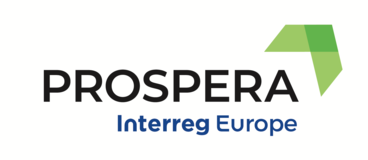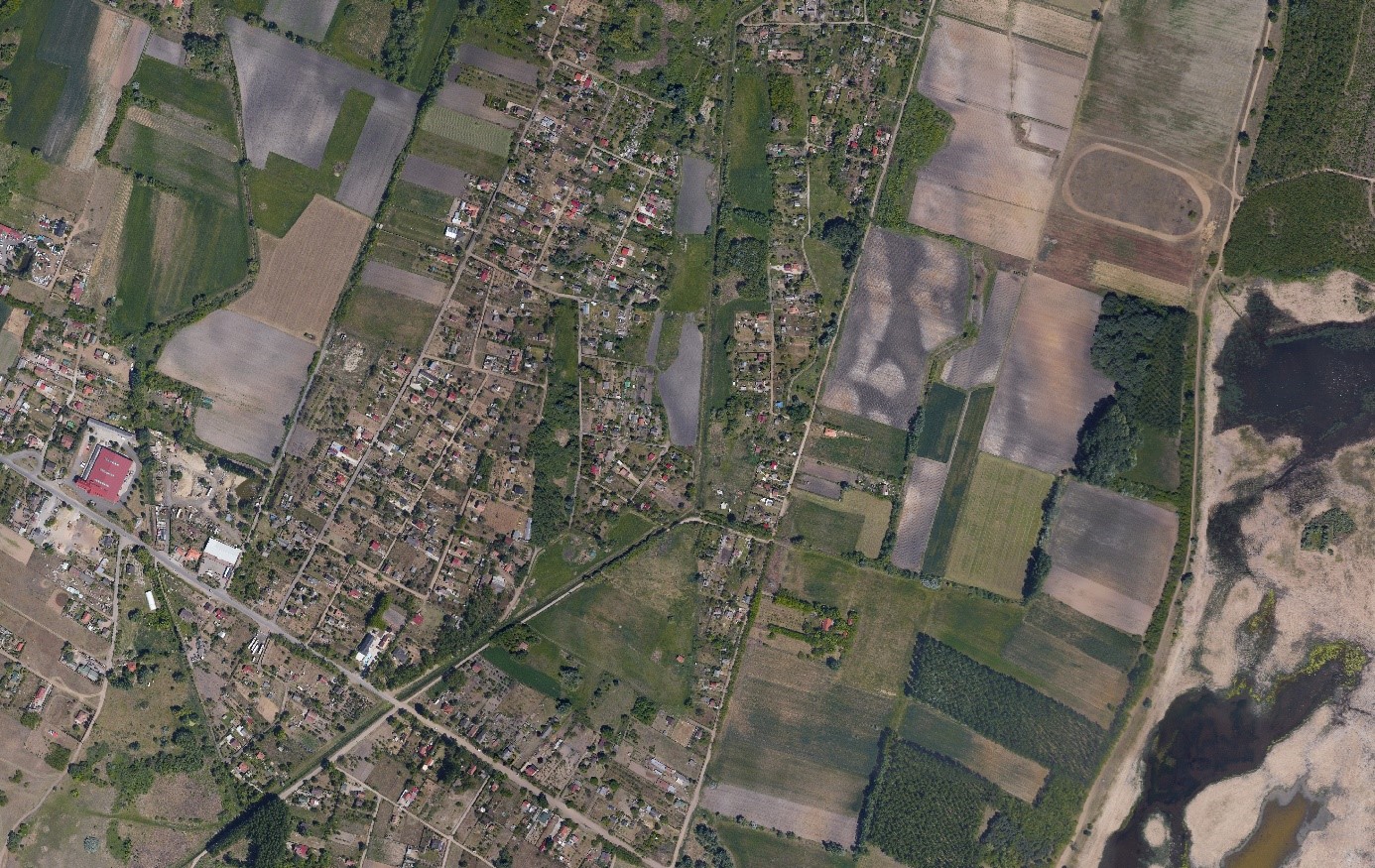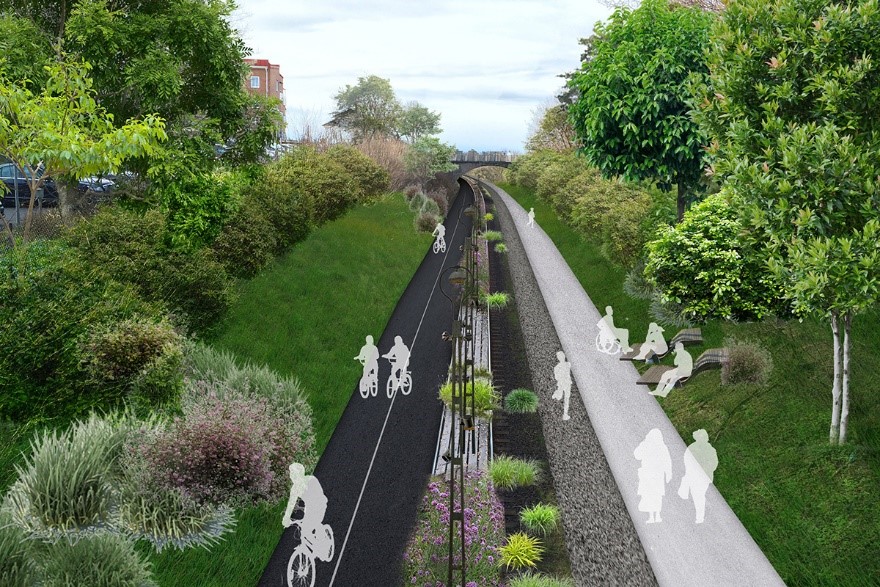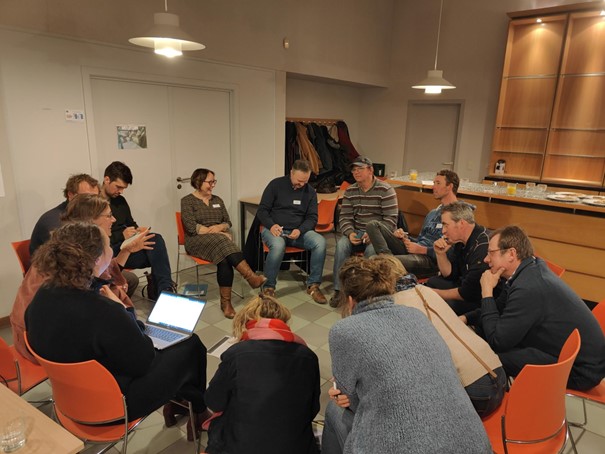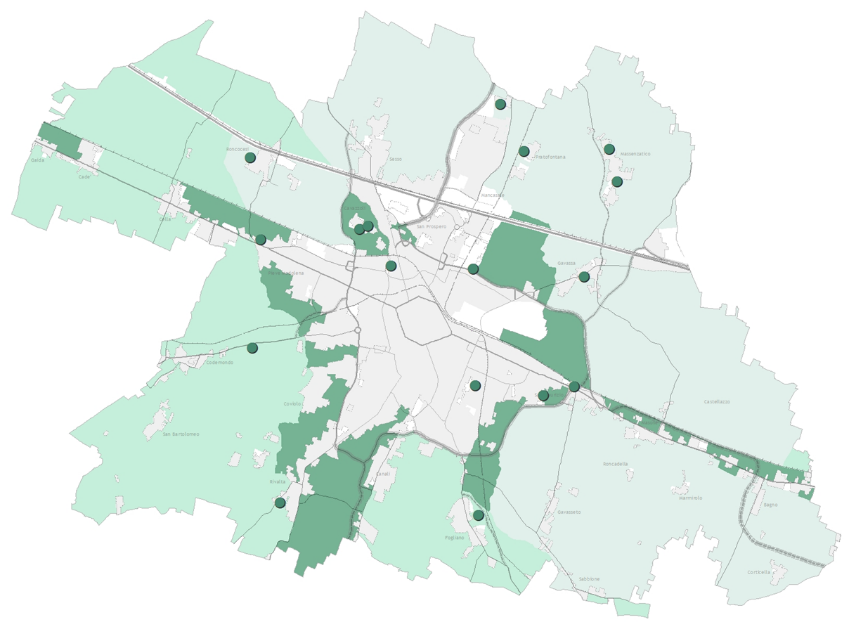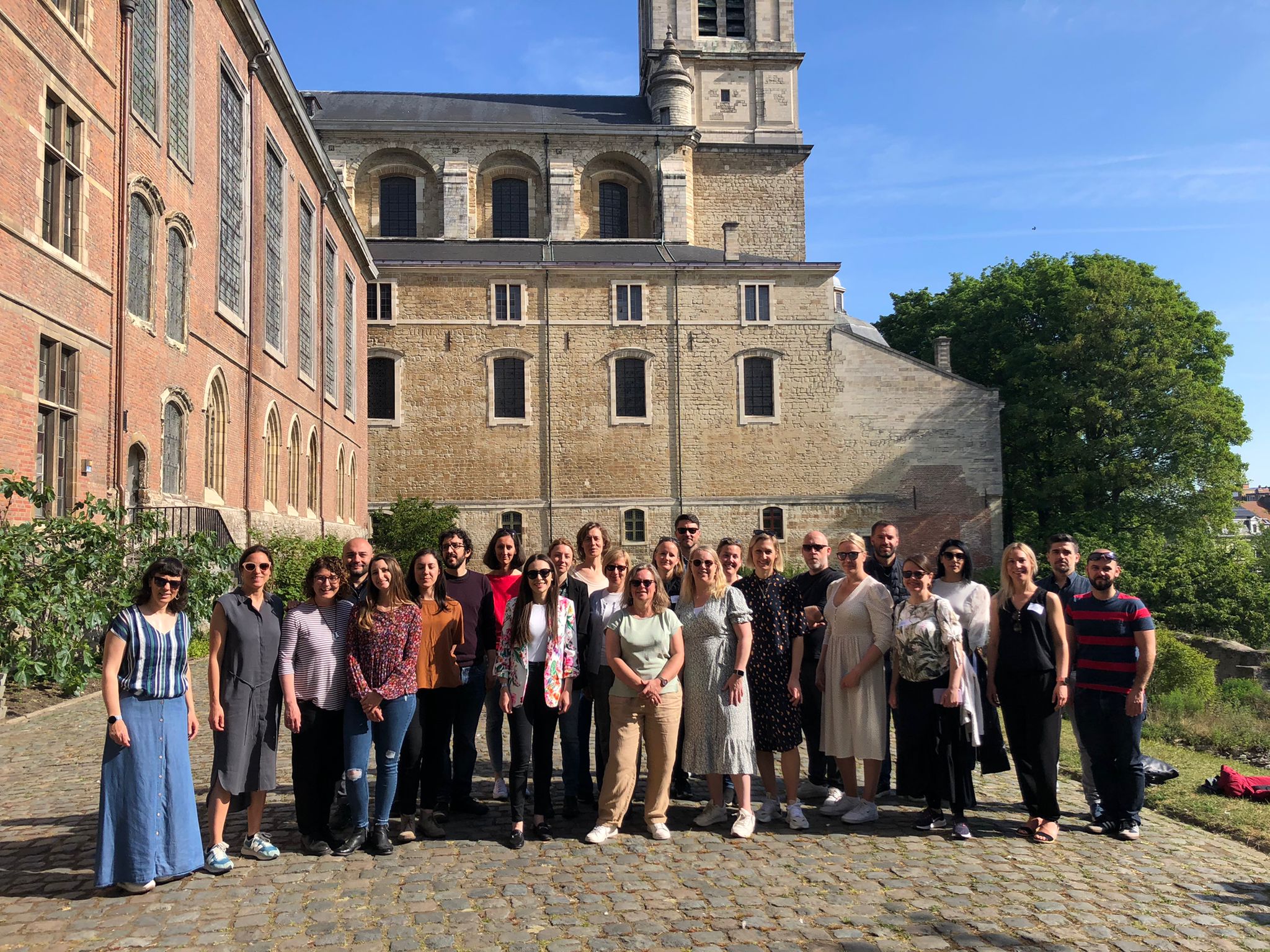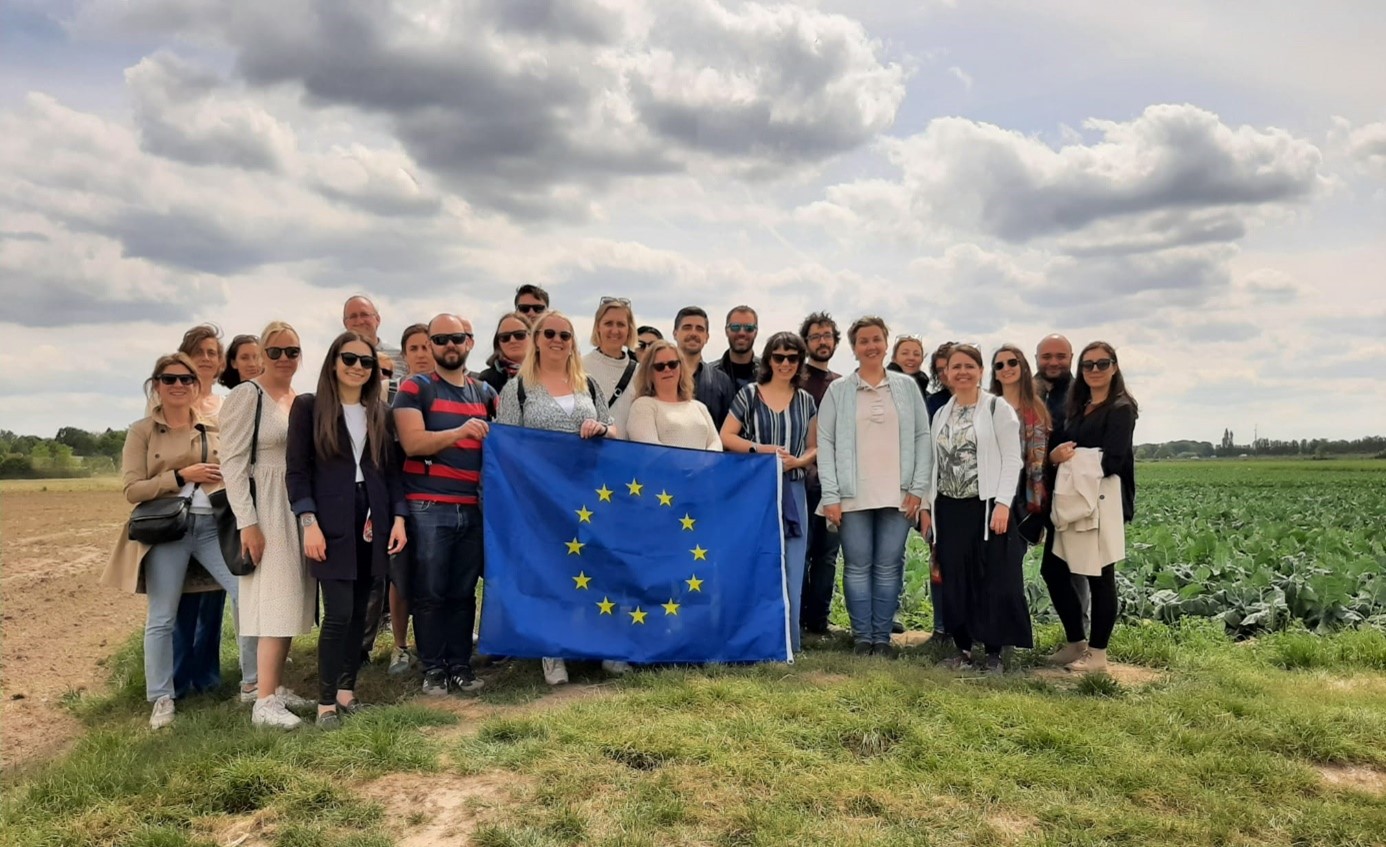Presentations
- Welcome to Debrecen and introducing the company /Zoltán Póser, CEO of EDC Debrecen/
- The characteristics of Debrecen /András Kuhn, Chief Gardener of Municipality of Debrecen/
- Envirosense Ltd. (Good Practice 1) /Gergely Hunyadi, Envirosense Ltd./
- Parkertech Ltd. (Good Practice 2) /Zoltán Czérna, Parkertech Ltd./
- Hortobágy National Park Directorate (Good Practice 3) /Zsuzsa Tolnay, World Heritage Officer, Hortobágy National Park Directorate/
- Zsuzsi narrow-gauge railway and Matúra Natúra (Good Practice 4) /Representatives of each GP owner/
Debrecen and its territory
Debrecen is the second largest city in Hungary by population and located in Hajdú-Bihar county (NUTS3). The city has a population of 202,214 people and it is the economic, cultural and knowledge centre of the Eastern part of Hungary with a fast-growing economy.
The city is situated on the Great Hungarian Plain and lies on the border of different microregions: Hajdúság and Nyírség. Thanks to this, the territory of Debrecen has always been rich in natural resources: the Eastern part belongs to Nyírség that is covered with wind-blown sand which makes it ideal habitat for woodlands. The Western part of the city belongs to Hajdúság. This microregion has loess soils (e.g. chernozem soil) and has been used as agricultural land for centuries.
The area of the city is 461.7 km2 of which 169 km2 are woodlands, 194 km2 are agricultural lands and 100 km2 are urban lands.
Debrecen is famous for the “Great Forest”, which is located in the Northern part of the city territory (as a part of Nyírség microregion) and was the first Natural Protected Area in Hungary, established in 1939. Poets, writers, scientists etc. have obtained inspiration and knowledge of the forest, hence the Hungarian botany (and the first famous botanists) started from there.
Debrecen was the main hub of the Hungarian Calvinism, and the modern Hungarian Reformed Church was born here in 1881. That’s why the city’s history and institutions have strong connections with Reformed Church and often called “The Calvinist Rome”. The symbol of Debrecen is “Nagytemplom” (in English: Great Reformed Church) which is the largest Calvinist Church in Hungary. Debrecen was also the capital of Hungary twice.
Thanks to the reformation the Calvinist College was founded here in 1538. Therefore, Debrecen became the most important intellectual and cultural centre of the Kingdom of Hungary. Over the centuries the college was transformed into a university. Nowadays, the University of Debrecen is the most significant institution of higher education in the region, as well as one of Hungary’s five research universities. The University of Debrecen has a very diverse international community: in 2019, nearly 6,000 international students from 120 countries studied here.
Going through some remarkable infrastructural investments Debrecen became one of the greatest opportunities in Hungary in terms of business, education and cultural life. Big multinational companies chose (BMW, Krones, Deufol, ThyssenKrup, Vitesco etc.) Debrecen as a place to invest in. More than 6000 new jobs were established and more than EUR 2 billion foreign direct investment to the city of Debrecen were brought, making the city the ‘investment champion’ of the region: Debrecen topped the fDi magazine’s ranking in “Best FDI Strategy Small Cities” category in 2018 and won the “Best Emerging City of the Year in Central Europe” title at the CEE Shared Services Gala in 2017. The industrial parks and office developments enable new investments to contribute to further improvement of the city. Both traditional (food production, machinery manufacturing etc.) and new industries (like business services, health and pharma or plastic industry) are operating in the industrial parks. Agriculture always played major role in city’s history, Debrecen is famous for its food-production sector which is based on the traditions of stock-raising (pig and beef).
The spa complex of the Great Forest, which has been recognised as a health resort, welcomes visitors for recreation and relaxation with a thermal bath, a medical department and treatments based on medicinal water. Calm and carefree relaxation is guaranteed by an indoor water park, a wellness and sauna centre open throughout the whole year and a recreational zone.
